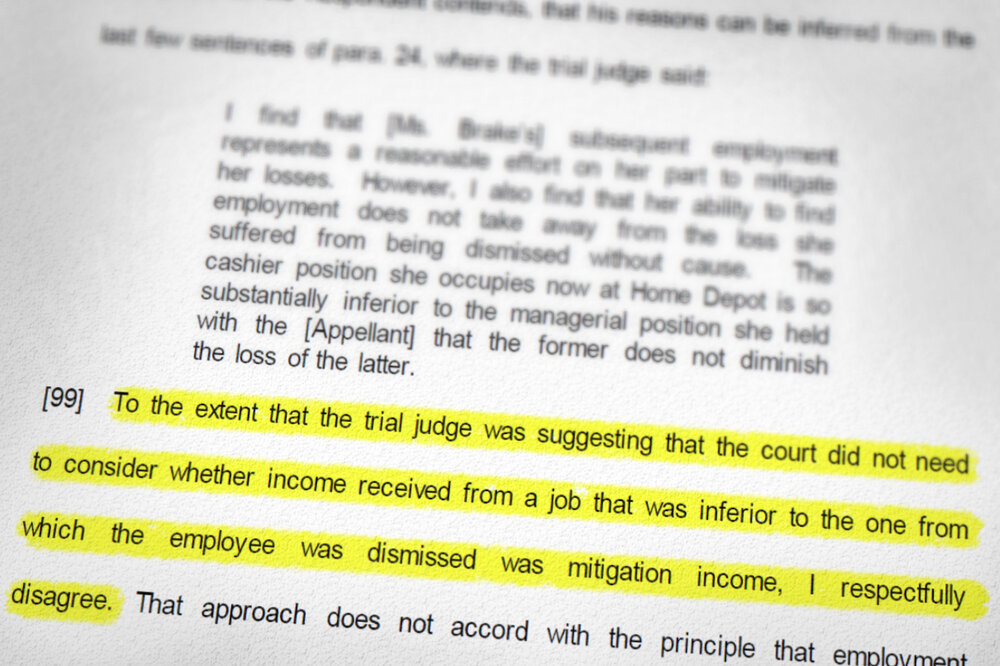What is the Difference Between Termination Pay and Severance Pay?
Difference Between Termination Pay and Severance Pay
Business continuity plans need to consider what is the difference between termination pay and severance pay. One of the biggest difficulties facing businesses today is budget shortfalls and staff attrition. With the cost of everything going up and the costs of everything rising it is important that businesses are able to keep their head above water financially. One of the ways that this can be achieved is by reducing costs associated with staff absences, lay offs and even dismissal. This is where both termination pay and severance pay can come into play.
When looking at exit pay it is important to understand not only the financial side but also the overall business impact. For instance, if a company has an employee that leaves the organisation what are the implications of that leaving? What is the shortest and quickest way for the employee to find employment elsewhere? What is the cost involved in hiring someone new and training them to take over the duties previously carried out by the departing employee? Understanding all these factors when evaluating exit pay is crucial and can help to ensure you provide the best pay and leave and employment opportunities to employees.
The next element to consider when setting up a business continuity plan is training. Appropriate training will help to build skills, update information and develop future thinking. This helps to build staff retention and utilisation and also helps to retain key people in the long term. Proper evaluation and feedback should occur at the end of every project. This will help to manage and control costs associated with training.

What is the Difference Between Termination Pay and Severance Pay?
What is the difference between severance pay and termination pay? As well as looking at the financial aspects of the exit of a key employee, a business continuity plan should consider what is the right type of severance pay to provide. A good measure of this is to ensure the exit pays are at a level which meets the expected exit pay of the job, taking into account the length of time worked and any additional bonuses or benefits. For example, if the job term was five years and the average annual wage was forty thousand pounds, and the person was due to leave after six months, they would expect to receive around six thousand pounds.
When an employer offers redundancy, they will often offer an exit package. What is the difference between this and redundancy pay? While redundancy pay is designed to provide an employee with financial support in the run up to a redundancy, an exit package is designed to ensure that employers understand the implications of redundancies in business.
What is the difference between exit pay and severance pay? Exit packages are paid to individuals who have been let go by their employer’s business. Severance pay is usually provided by the employer when their employee decides to leave the organisation. This is usually not paid for a specified period of time and is designed to help employees move on from the business. The money can be found, however, in the business continuity plan of your final pay period.